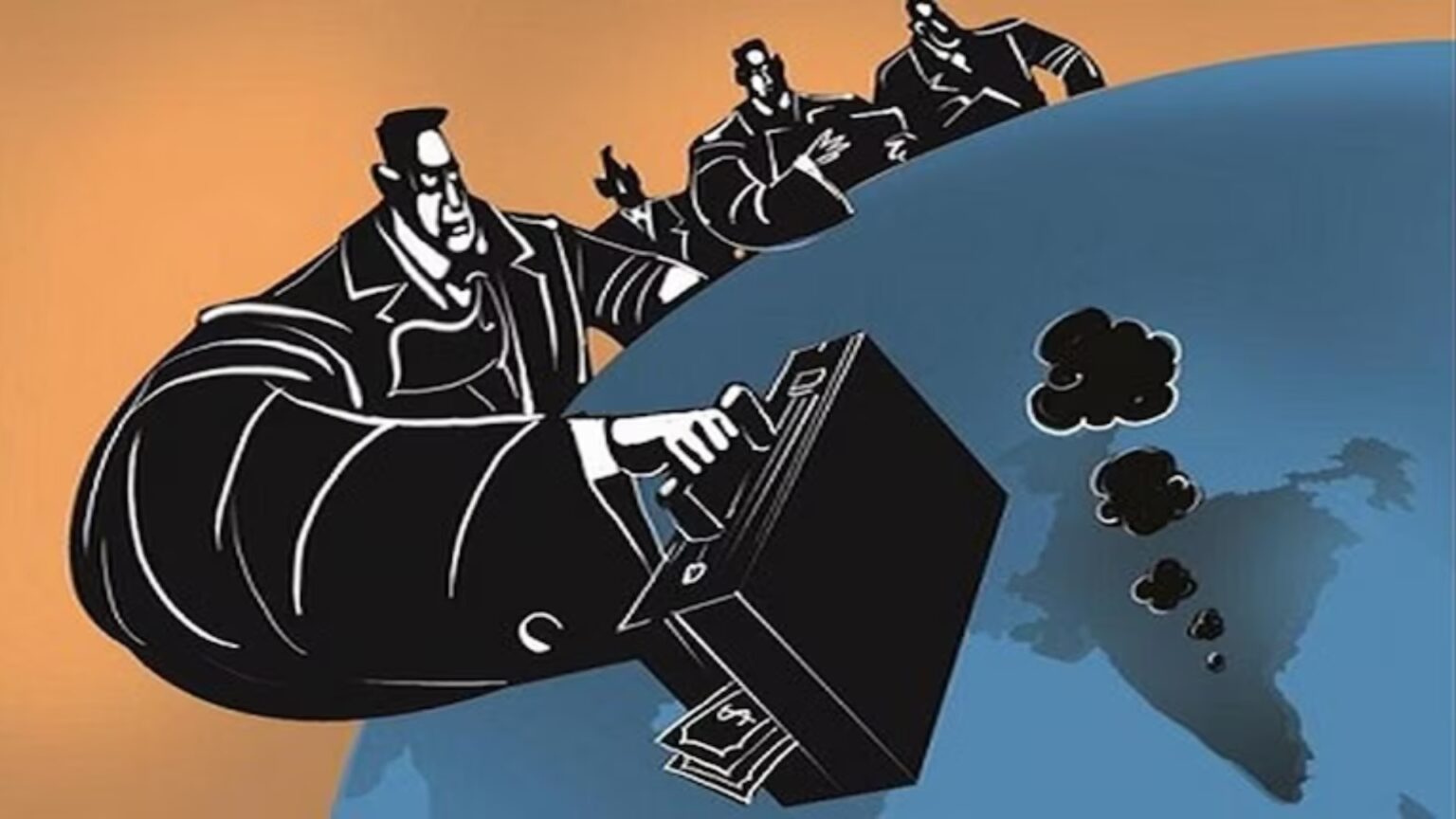India’s comparative advantage is becoming more apparent as global trade shifts in response to political and economic changes. With companies seeking alternatives to China, India is positioned to benefit in sectors like pharmaceuticals, textiles, and electronics. The recent State Bank of India (SBI) report outlines how India’s strengths align with emerging trade trends, particularly under the evolving global landscape.
1. The Return of Trump and India’s Comparative Advantage
The election of Donald J. Trump as the 47th President of the United States has reshaped expectations around global trade and supply chains. This shift brings new prospects for India. Trump’s focus on job creation and strengthening US manufacturing could indirectly boost India’s comparative advantage, especially as global companies explore alternatives outside China. In particular, pharmaceuticals, textiles, and electronics stand ready to capture value in the changing market.
2. India’s Trade Resilience and Comparative Edge in Key Sectors
Even though the previous Trump administration revoked India’s Generalized System of Preferences (GSP) status, Indian exports showed resilience. Despite challenges, sectors like footwear, minerals, and machinery continued to grow. India’s comparative advantage has allowed it to adapt quickly. Footwear exports increased by 8% in FY23, while mineral exports surged by 33%, indicating India’s competitive strength in these areas.
3. Strategic Partnerships and Defense Sector Growth
The Indo-US 2+2 Dialogue established a strong foundation for cooperation between India and the US. With Trump’s return, these partnerships may deepen, further enhancing India’s comparative advantage in defense exports. Over the past decade, Indian defense exports have grown 30 times, driven by increased global demand and favorable government policies. India’s geopolitical importance, particularly in the Indo-Pacific region, supports this growth trend.
4. The Impact of Global Supply Chain Reorganization
India’s comparative advantage aligns well with the global supply chain reorganization. As Trump’s economic policies drive companies to reduce reliance on China, India has an opportunity to attract businesses in high-growth sectors like pharmaceuticals, textiles, and electronics. Government initiatives like PM-MITRA, RoDTEP, and Mega Food Parks are also boosting India’s manufacturing sector, making it an appealing destination for Foreign Direct Investment (FDI) in newer industries.
5. FDI Inflows and India’s Expanding Comparative Advantage
India received $11 billion in FDI during Trump’s first term, reflecting strong investor interest. While protectionist policies could influence future inflows, India’s large consumer base and economic growth keep it attractive. FDI is expanding beyond traditional areas to sectors like renewable energy, medical devices, and transport. This shift helps India mitigate any potential impact of reduced US-led FDI, further enhancing India’s comparative advantage across various sectors.
6. Challenges for the Indian IT Sector
Despite India’s comparative advantage, some challenges remain, especially in IT and ITES. The new Trump administration may impose stricter work visa regulations, which could raise hiring costs for Indian IT companies in the US. With higher domestic recruitment expenses, Indian IT firms may need to adjust their strategies. This situation could encourage a stronger focus on Atmanirbhar Bharat initiatives, promoting self-reliance in the sector.
Conclusion: Resilient Trade Amidst Global Changes
India’s comparative advantage enables it to thrive despite global economic shifts. Its ability to maintain a trade surplus with the US reflects robust performance, with iron and steel exports alone increasing by 44.7% from FY20 to FY21. As global supply chains continue to evolve, India’s integration into international value chains offers promising growth opportunities. Through initiatives like Atmanirbhar Bharat, India is building a foundation for self-reliance and sustainable economic strength.







